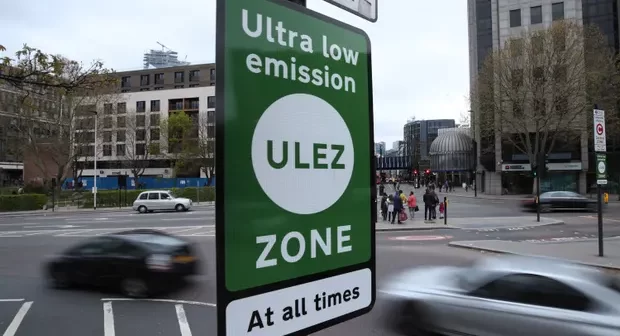Pollution levels of gases linked to traffic rose by about 10 per cent in the centre of Glasgow after the SNP set up a “draconian” Ulez-style scheme, official figures show.
Nitrogen dioxide levels in the city’s Hope Street, which has repeatedly had the country’s worst air quality, were measured at an average of 34 micrograms per cubic metre between June and August this year.
This compared with a figure of 31mg in the same period last year, before the city’s low emission zone (Lez) was introduced – a rise of 9.7 per cent. The legal limit is 40mg.
Levels of another pollutant from motor vehicles, known as fine particulate matter, surged by 11.5 per cent over the same period, from 5.2mg to 5.8mg per cubic metre.
The SNP-run Glasgow City Council said the weather could be responsible for the surge, but the figures prompted further questions about whether cars should be included.
Experts said buses and coaches are the largest polluters and they have been subject to the Lez since the end of 2018. Enforcement of other vehicles started on June 1 this year.
The Glasgow scheme is stricter than London’s controversial ultra-low emission zone (Ulez) as drivers in older vehicles are banned from entering the city centre, rather than being given the option to pay a daily fee.
An older car entering the zone each day would face penalties of £60, a penalty that doubles with each subsequent breach of rules up to a daily cap of £480 for cars and vans and £960 for buses and HGVs. The fine is reset to £60 if there are no breaches for 90 days.
It emerged last month that the city council was spending £100,000 on renting vehicles to replace those within its fleet that did not comply with the new rules.

